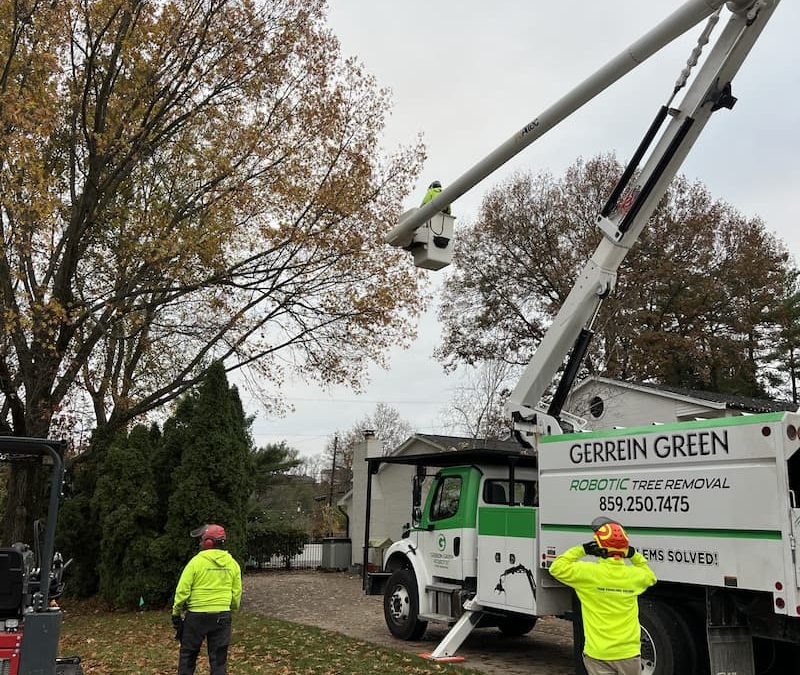Proper Pruning: Technique & Timing
Pruning may be completed during any season if the work meets the ANSI standards for the specific tree. The pruning goal often dictates the best time of year to prune:
- Pruning to improve structure may be easier in the winter.
- Removing limbs to increase clearance may require work to be done when leaves are present.
- Flowering trees may need to be pruned according to when they bloom.
- If certain diseases are a concern for particular tree species, the pruning should occur when there is a reduced risk of infection or insect activity.
Early spring, prior to bud break, is the most optimal time of year to prune most trees. Pruning cuts are more likely to close quicker when the tree is actively growing in the spring months. Removing bare branches minimizes total energy loss for the tree and allows the tree to reallocate the energy towards compartmentalizing the pruning wounds.
Late fall pruning, for some trees, is another beneficial time for pruning. Trained arborists can identify dead branches when trees are bare. As we approach winter, trees should be examined for dead limbs or other potentially hazardous problems like decayed areas or cracks. Also, most fungal growths that may indicate root decay occur in the fall months.
Although the time of year is important, the pruning techniques are ultimately the most critical for the best health of your tree. Arborists should follow American National Standards Institute standard for tree pruning, which is called ANSI A300. Since pruning a tree involves altering a tree’s structure as well as affecting the tree’s long-term health, an arborist must base their cuts on the tree’s physiology. Homeowners often request pruning for aesthetic reasons while an arborist works to enhance the natural growth pattern of the tree for the future.
Estimates from trained arborists will include written specs that follow the ANSI 300 pruning standards. Guidelines set by the ANSI 300 standards specifically exclude the following:
- Cuts that leave branch stubs
- Unnecessary heading cuts (topping)
- Flush cuts (removing the branch collar)
- Lion’s tailing (stripping a branch of foliage)
- Removing over 25% of a branch or canopy’s foliage in a single year
- Damaging other parts of the tree during pruning (nicking bark, breaking healthy limbs)
- Applying paint over pruning cuts
- Pruning when not necessary
- Climbing a tree using spikes

